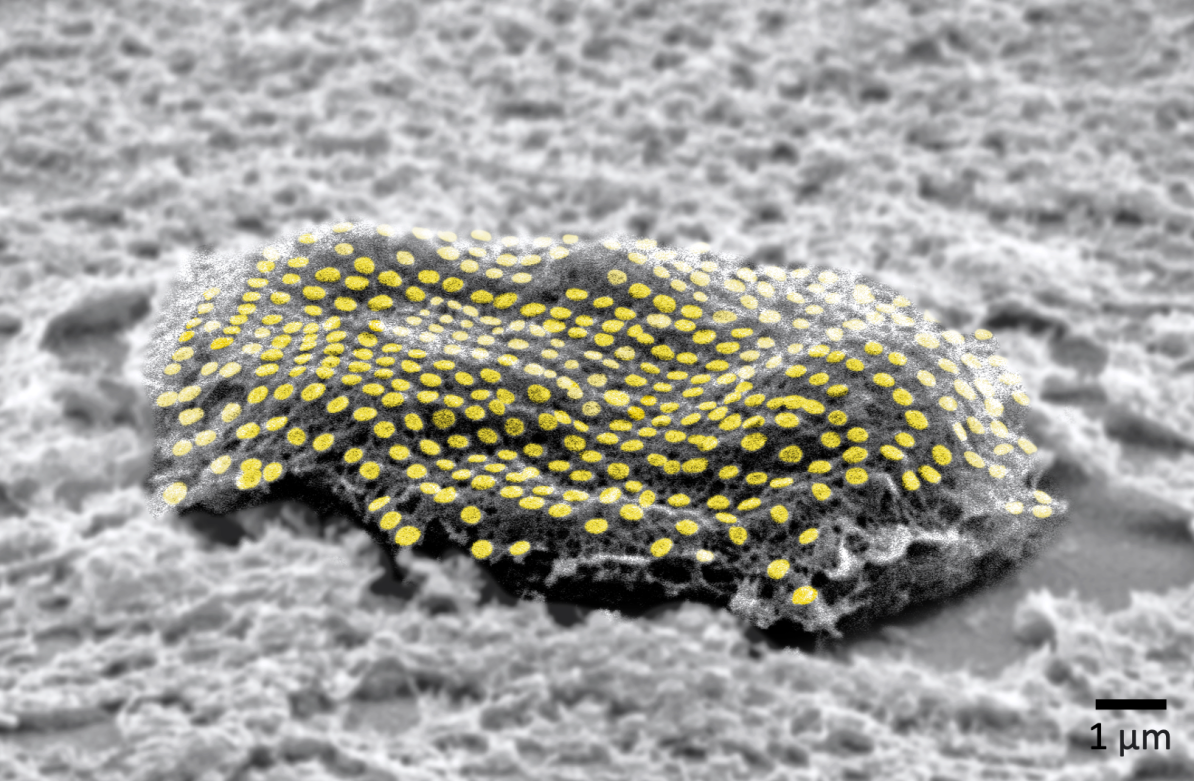Instead of shipping vegetables halfway around the planet, these entrepreneurs thought it might be a better idea just to ship shipping containers as self-contained mini-farms. So these Bostonians set out to re-fashion the containers with hydroponics, LED lighting, climate control, and lots of edible greens.
There has been a increased interest lately in using shipping containers for clever purposes beyond the original intention. Some fascinating home designs have emerged when used as modular pieces. Just cut holes and connect, or even stack, the rectangles in the desired configuration and you have a shell that is strong as steel.
Climate control is nothing new for shipping containers. After all, they ship everything from refrigerated flowers to frozen fish across great distances. With Freight Farms (aka Leafy Green Machine), food can be grown on-site during the frozen throes of winter. There is no sunlight involved. The LED lighting has hues that mimic natural light and cycle on and off to imitate the rhythms of night and day.
The innovators, Jon Friedman and Brad McNamara, started the business in 2010 and have sold 25 units at a price of $76,000 each. The initial investment plus annual operating cost of about $13,000 per year for energy and farming accessories is certainly steep. It runs on a “single-phase 120/240 volt 60 amp connection.” And this is not just a big metal box with lighting and climate control. It is actually a high-tech, Wi-Fi equipped “smart” operation that provides constant monitoring via apps, with alert bells and whistles if anything goes wrong. It also allows for networking with other farmers.
The duo feels a good part of the operating cost can be deflected by adding solar panels, which they are currently pursuing. The cost of a back-up generator in the event of power failure would be borne by the owner, as is the provision for water, though water can be provided by a garden hose or even jugs. The planting medium is a soil-less mix that allows for proper drainage and precise nutrients, and avoids infestations of insects and disease.
The primary crops are “leafy greens” such as lettuces, cabbages, kales, and herbs. The designers have been approached about the possibilities of growing hops for beer, grapes for wine, and even marijuana. But this model lends itself best to the low, leafy greens that can grow on racks.
If you decide to buy one, you can attend workshops in Massachusetts to learn the ins and outs of installation. Or you can hire these guys to come and get you set up.
It is surely too pricey for the mini-farmer, but it is a good experiment for specific purposes. I can envision one sitting atop a New York City building that houses a fancy restaurant. Or maybe as an emergency means of getting food to a disaster-ravaged area. Think Fukushima nuclear meltdown or another toxic spill. The box could be trucked in, ready to grow.
The farmer/gardener who likes to have food grown in the earth with the worms and the mycorrhizal fungi won’t take a liking to this sterile farming method. But with a good percentage of our food grown hydroponically in sterile conditions anyway, and fertile land becoming more of a scarcity all the time, this is one idea that could be a lifesaver in the right circumstances.






